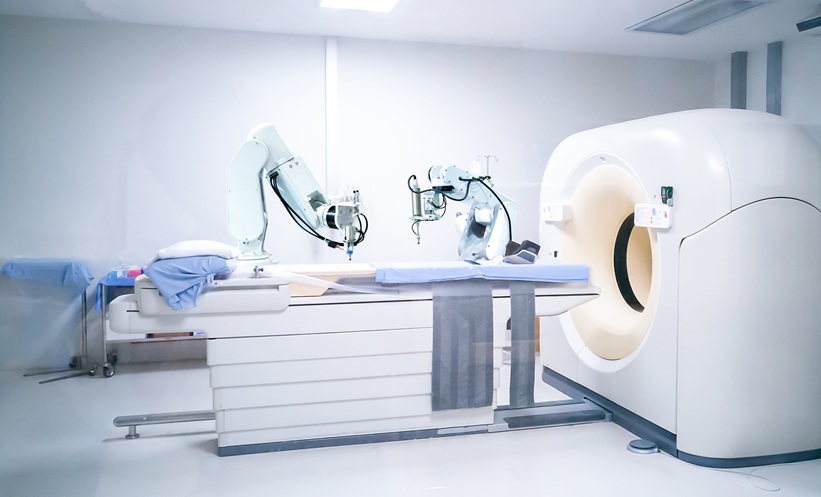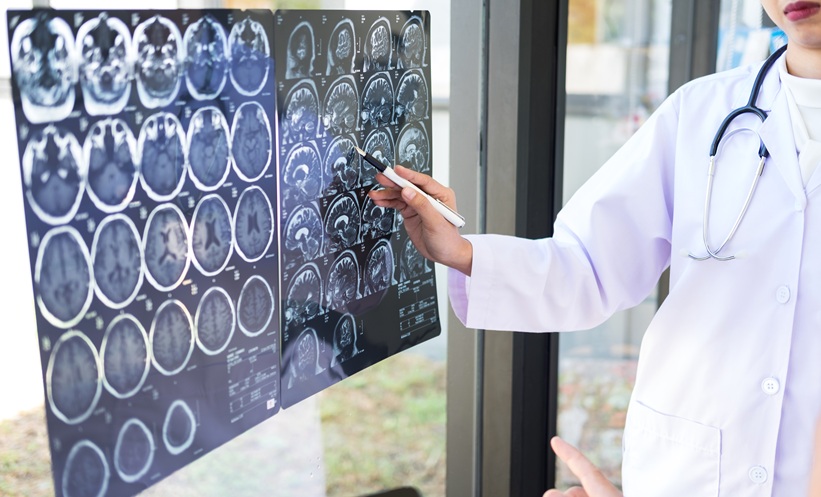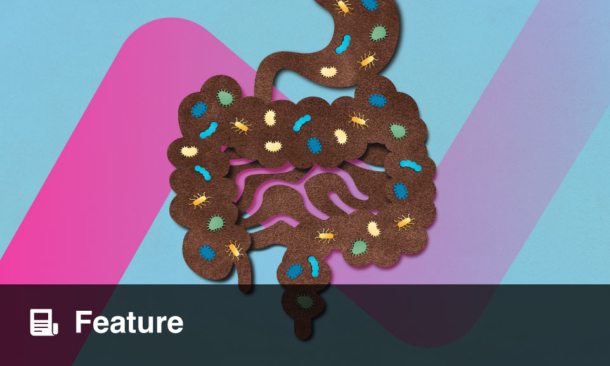A new review highlights how artificial intelligence (AI) and structural MRI (sMRI) are transforming early diagnosis of Autism Spectrum Disorder (ASD), offering hope for earlier interventions and improved outcomes. The study underscores the potential of sMRI, combined with AI tools, to detect early neurodevelopmental markers of autism more accurately and efficiently.
With ASD diagnoses on the rise—currently affecting 1 in 58 children in the U.S.—the need for innovative diagnostic tools has never been greater. Early intervention is key to improving cognitive, social, and behavioral outcomes, yet diagnosing autism in infants remains a challenge due to overlapping symptoms with other neurobehavioral disorders. Traditional diagnostic methods like the Autism Diagnostic Observation Schedule (ADOS-2) require multiple clinical sessions, often delaying critical early interventions.
The new review focuses on recent advancements in non-invasive imaging, particularly sMRI, which has proven effective in identifying structural brain alterations associated with ASD. Key findings include increased gray matter volume in the frontal and temporal regions and variations in cortical thickness in the parietal lobes of individuals with autism. These insights offer a clearer picture of how ASD manifests in the brain during early development.
Artificial intelligence plays a central role in enhancing the diagnostic power of sMRI. Machine learning (ML) and deep learning (DL) models, particularly convolutional neural networks (CNNs), have shown significant promise in identifying ASD-related imaging markers. The review also highlights research gaps, such as the need for optimized imaging radiomics, standardized brain atlases, and the integration of multiple imaging modalities like functional MRI (fMRI) and diffusion tensor imaging (DTI) for a more comprehensive diagnostic approach.
Future directions in AI-based ASD diagnosis include hybrid imaging systems, radiogenomics, and explainable AI (XAI), which could offer even more precise, personalized insights into autism diagnosis. This innovative approach has the potential to revolutionize early detection, reduce diagnostic uncertainty, and ultimately improve patient outcomes.
By addressing these challenges, this research opens new doors for healthcare professionals to adopt advanced diagnostic tools, bringing earlier and more accurate autism diagnosis within reach.
Reference: Abdelrahim M et al. AI-based non-invasive imaging technologies for early autism spectrum disorder diagnosis: A short review and future directions. Artif Intell Med. 2025;161:103074.
Anaya Malik | AMJ








